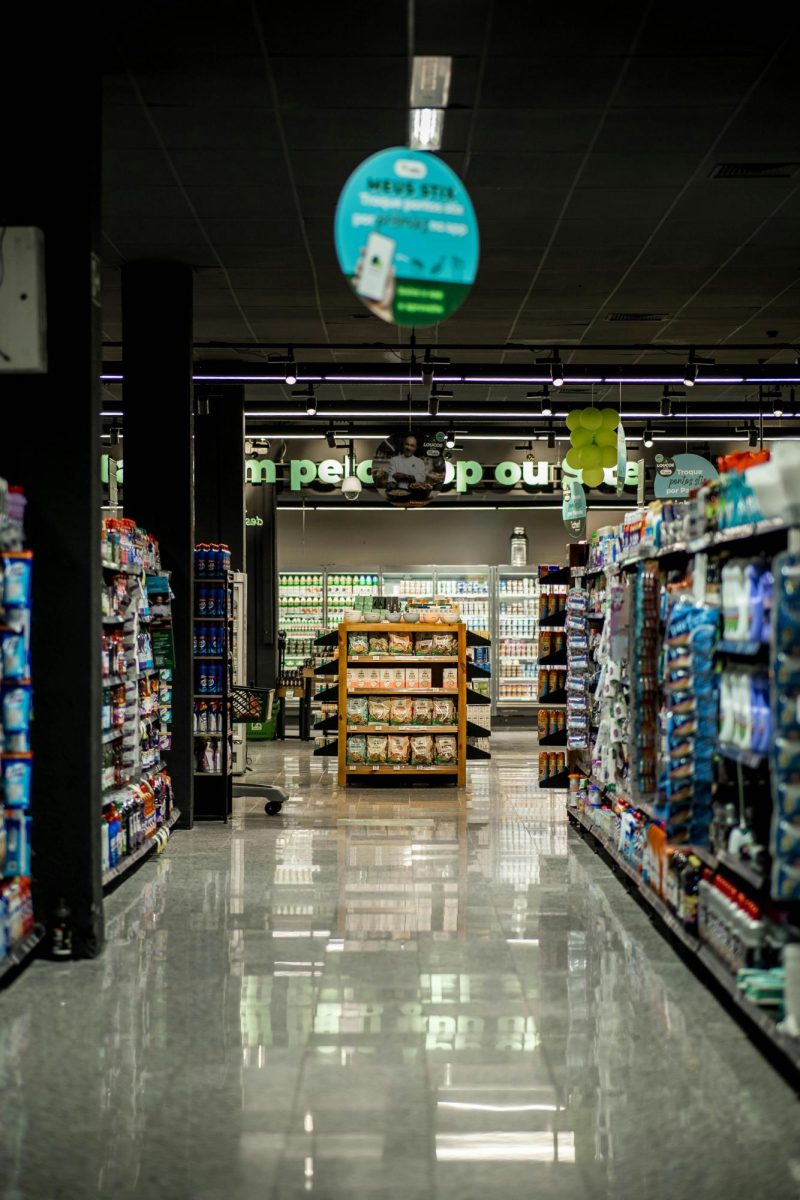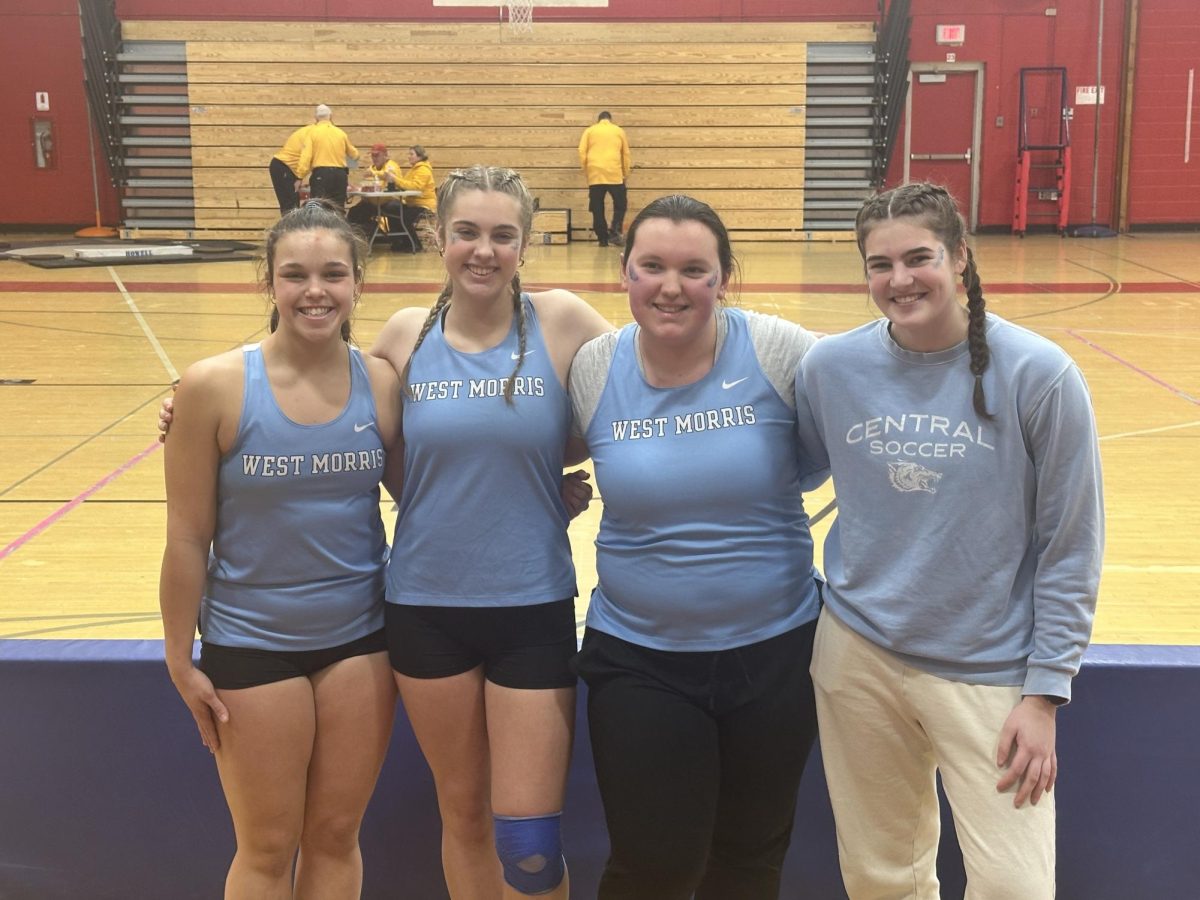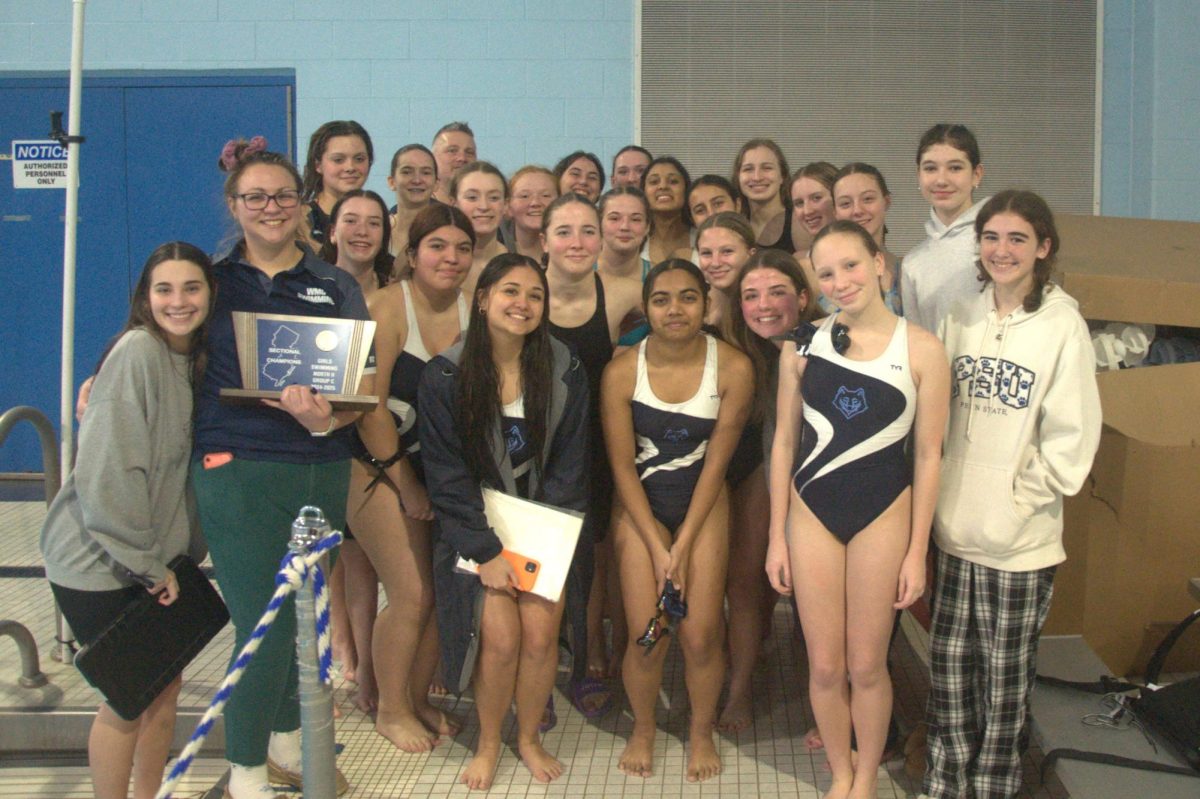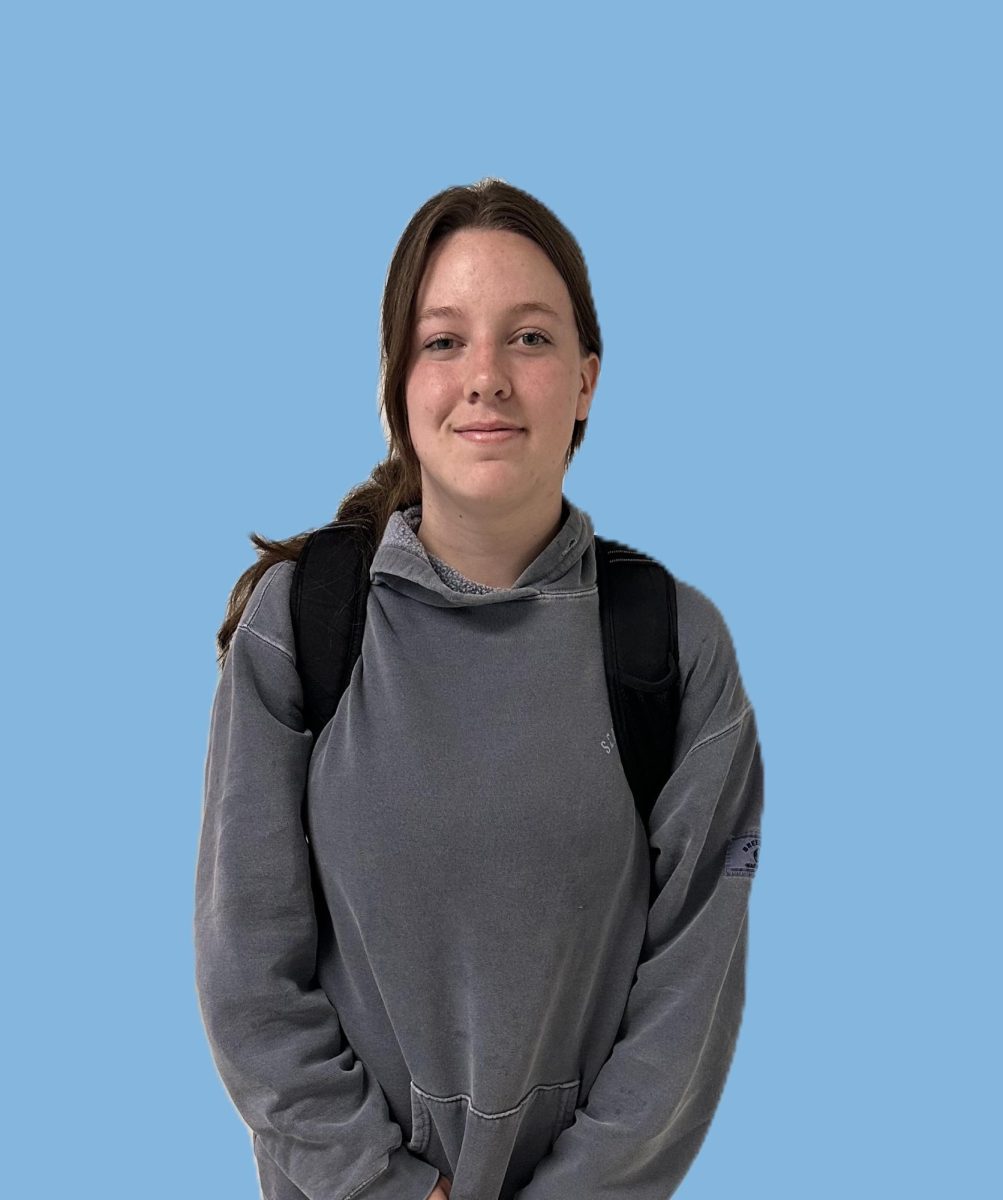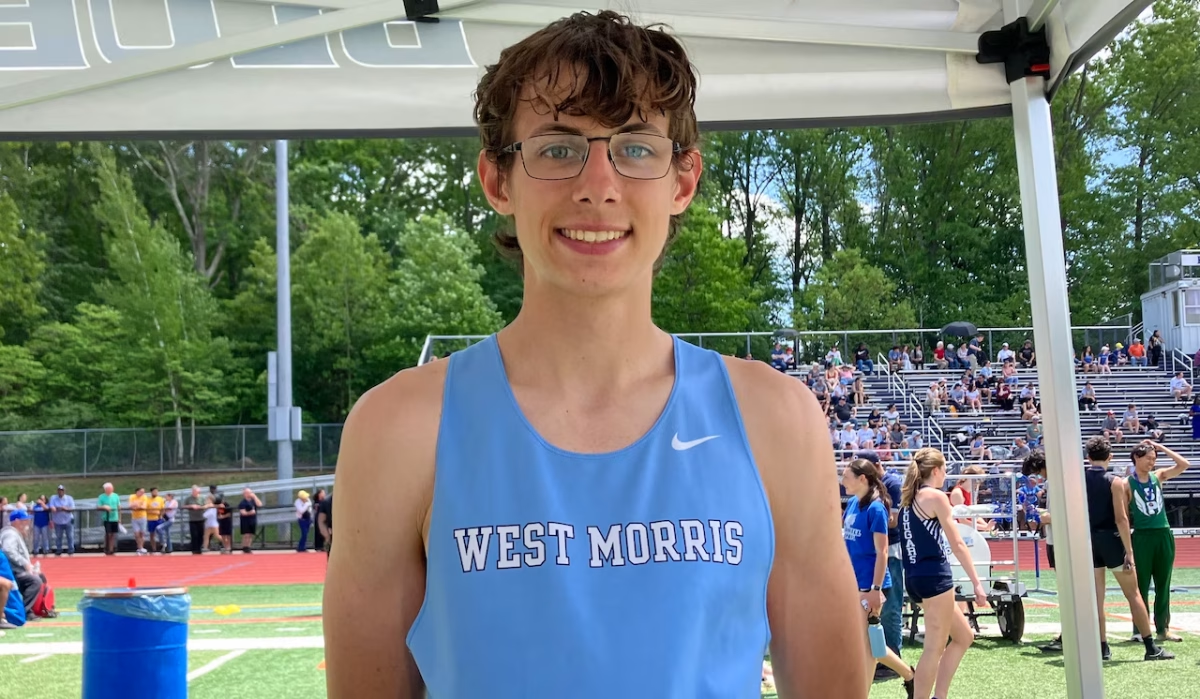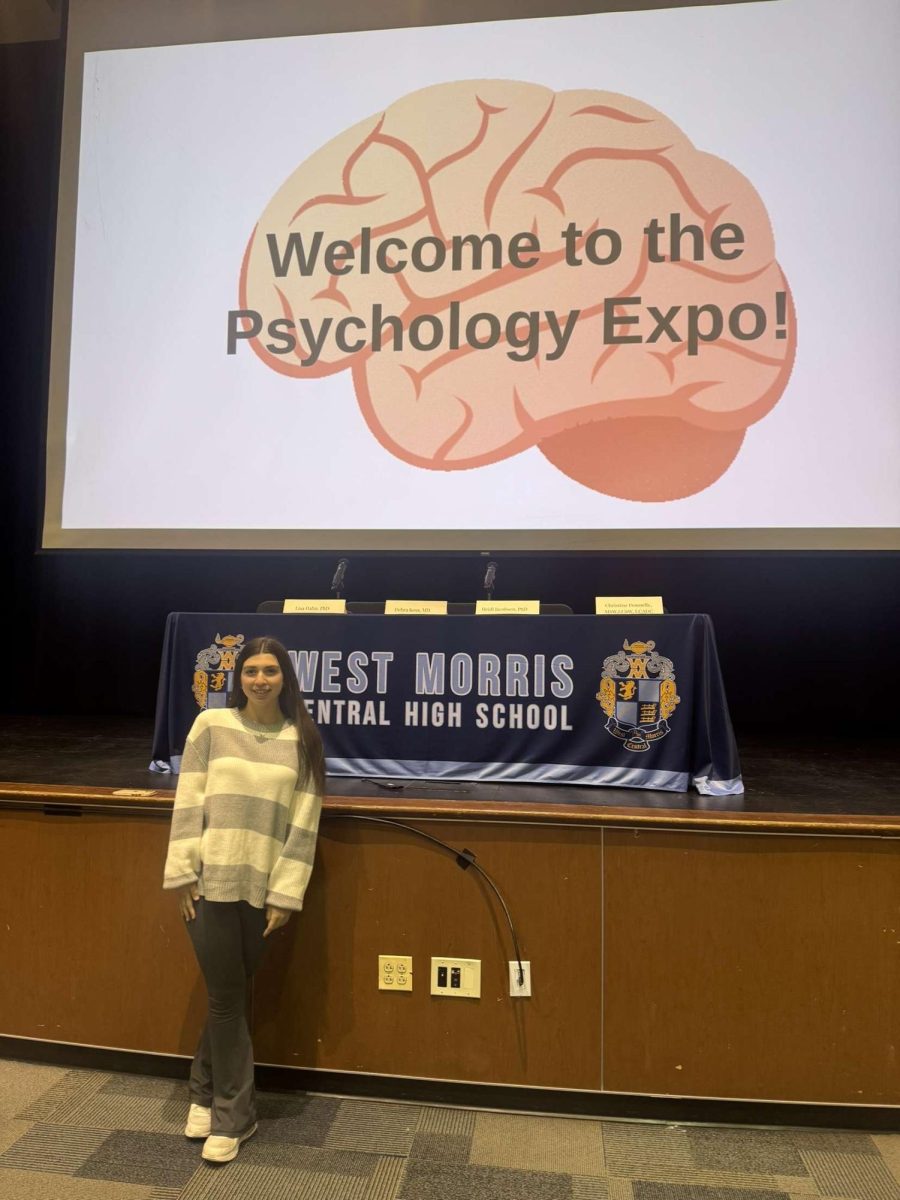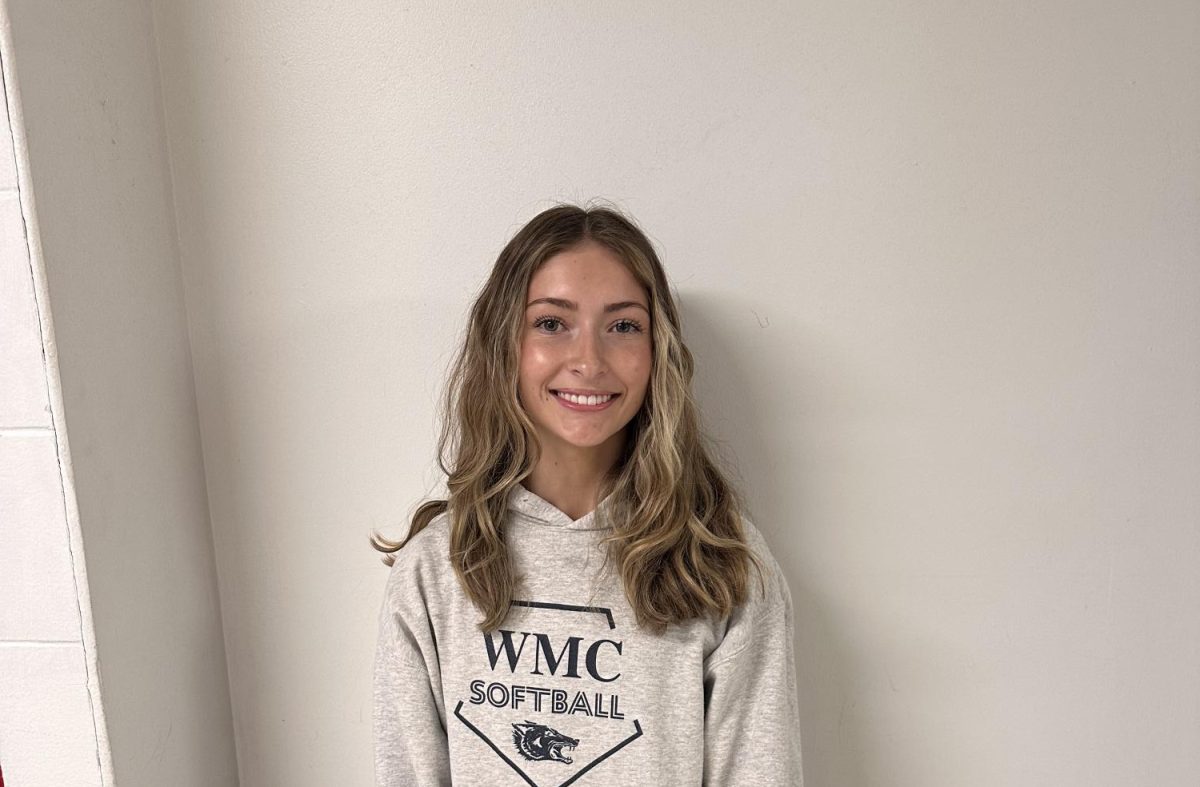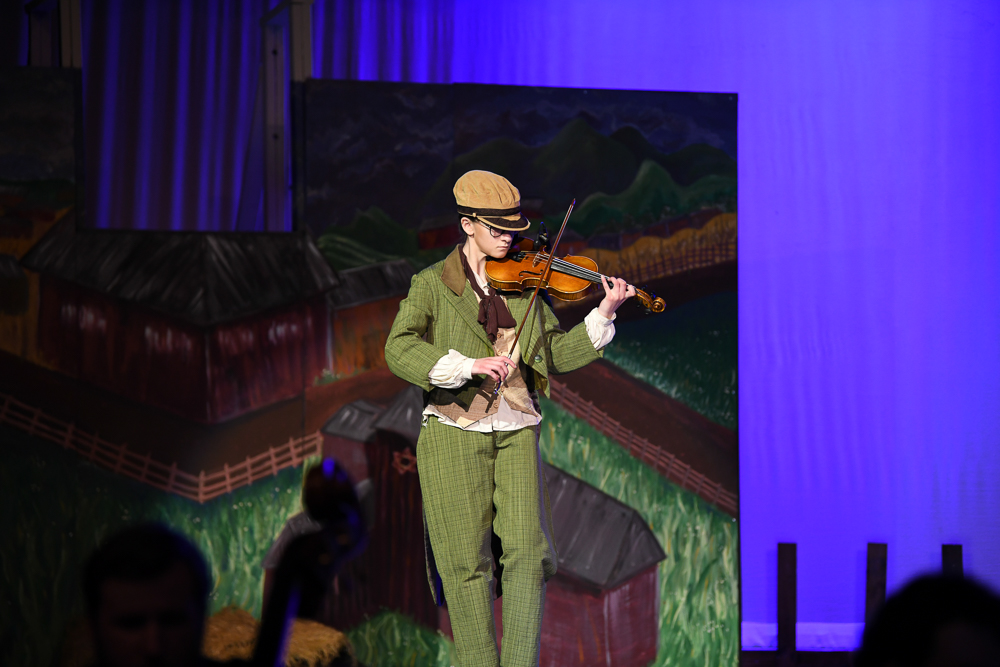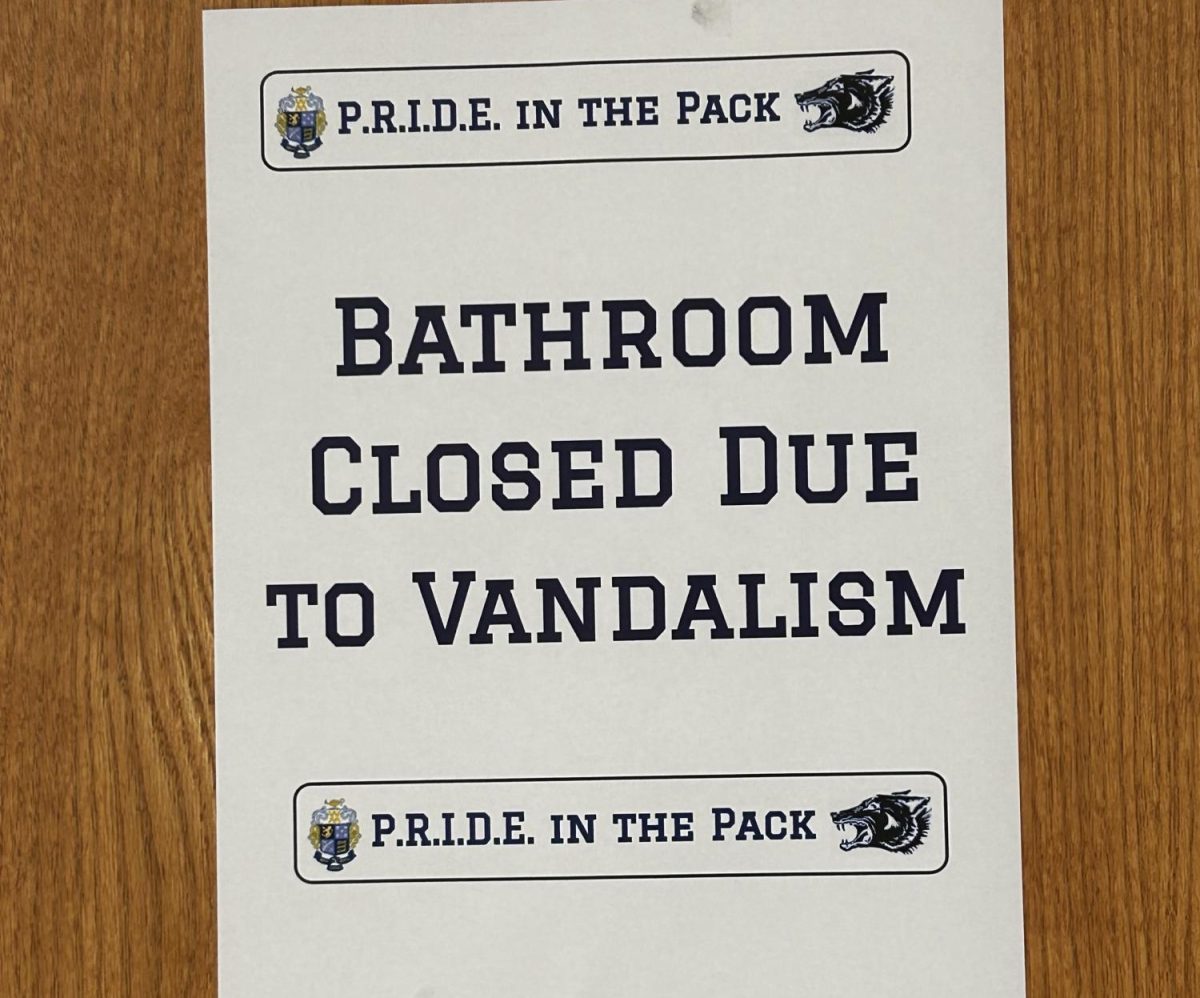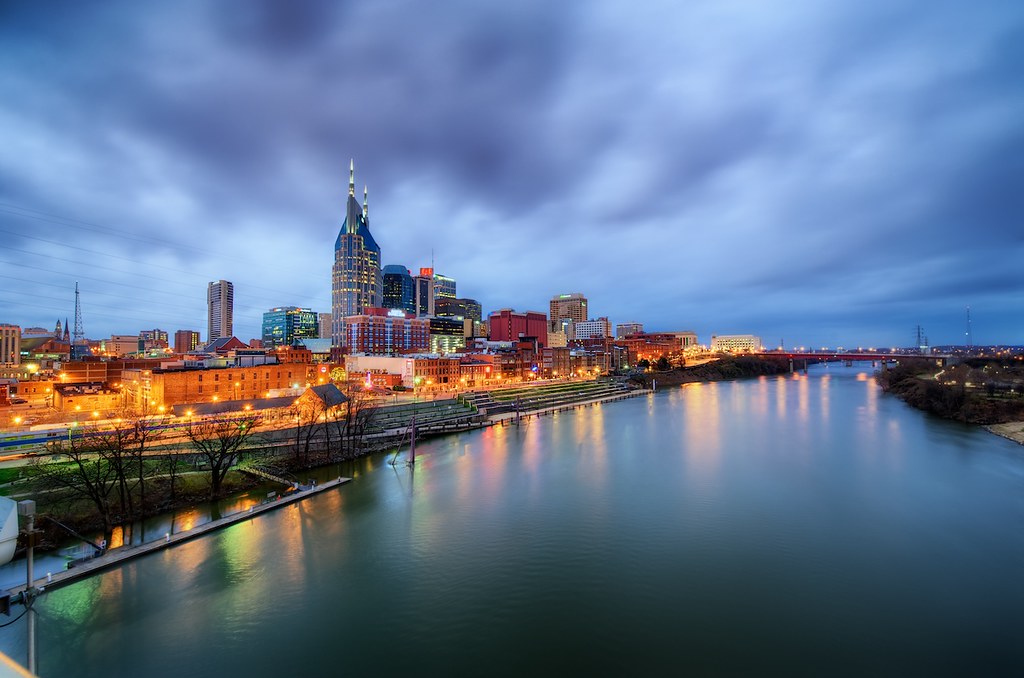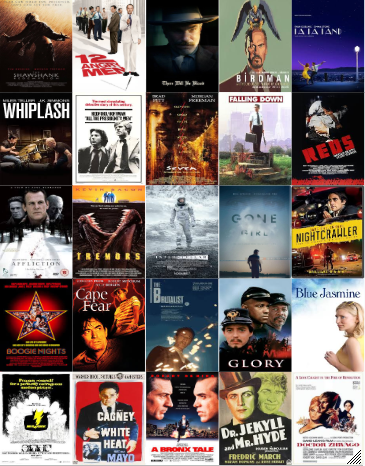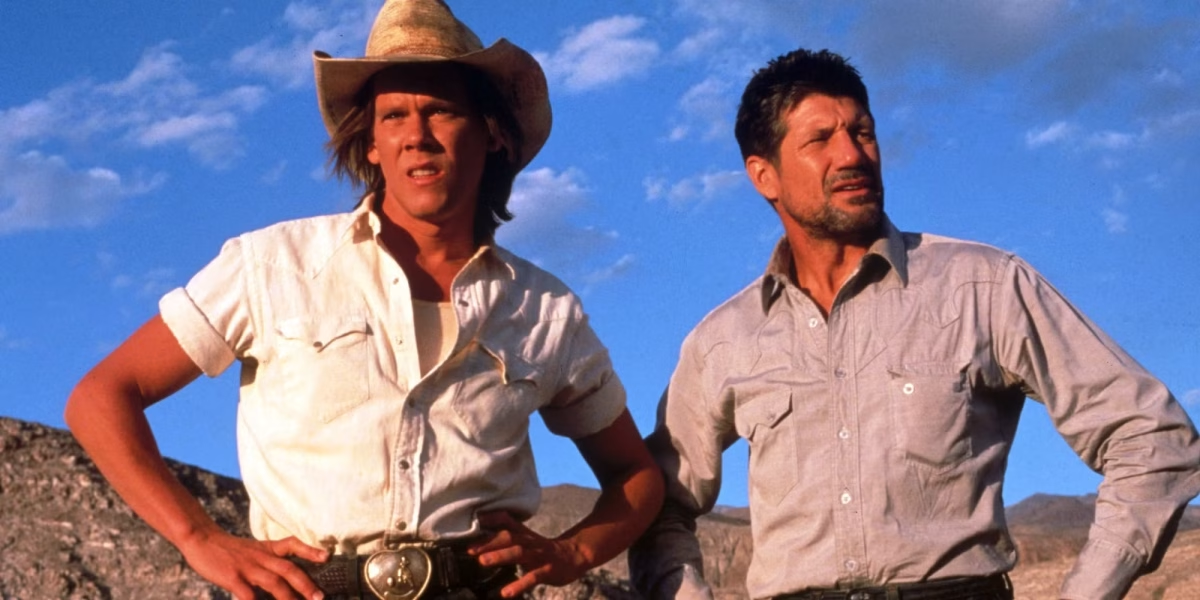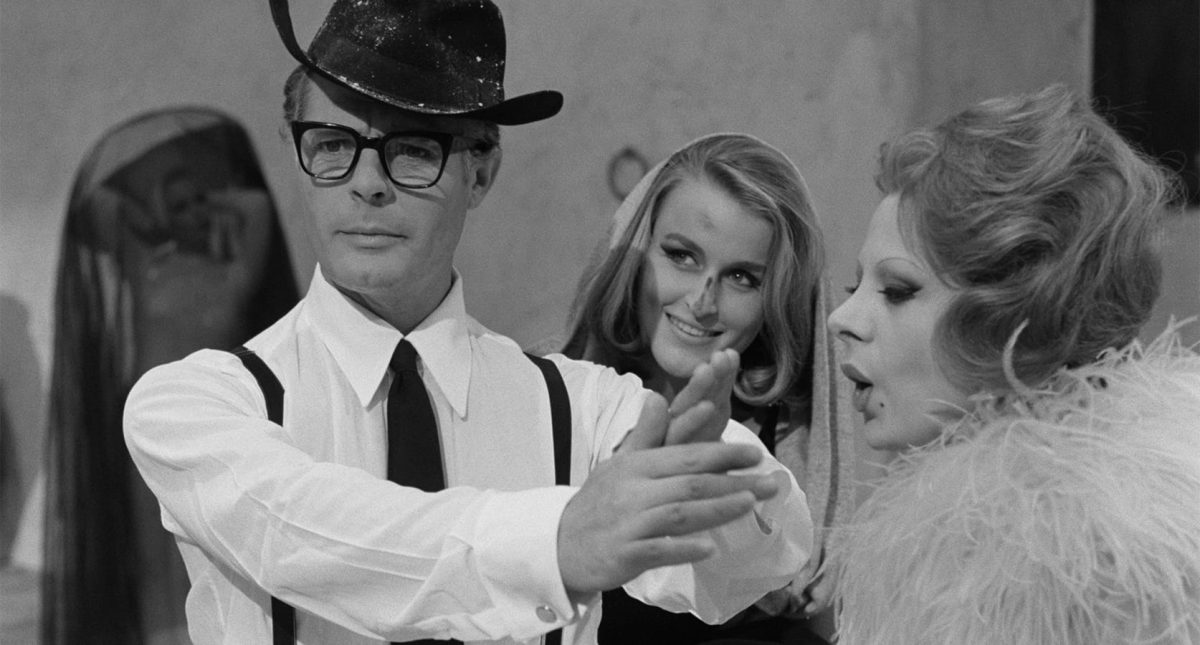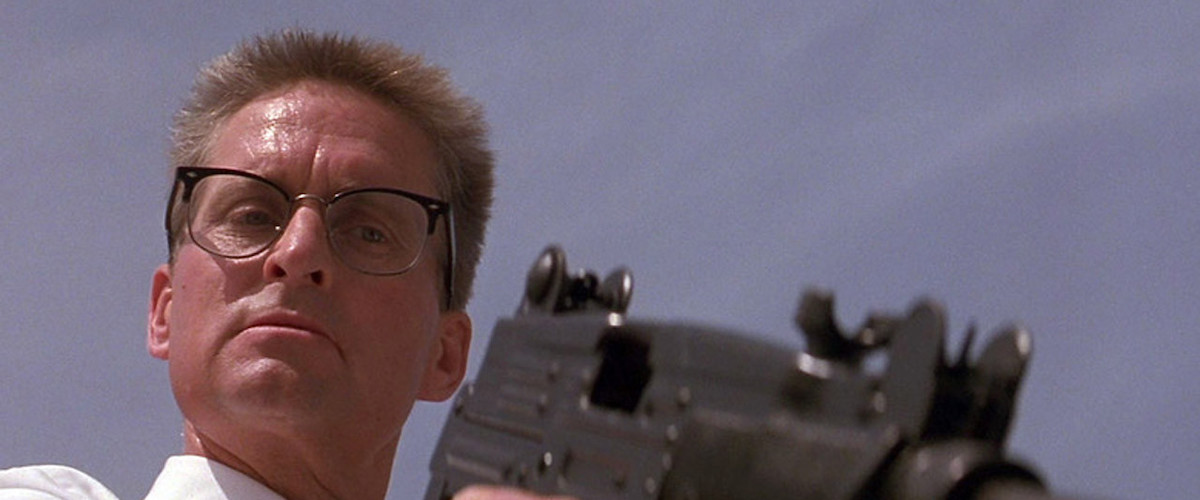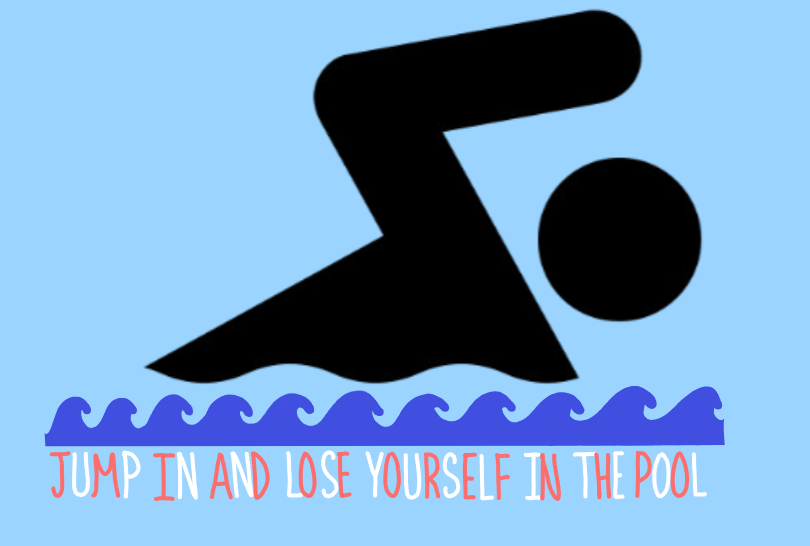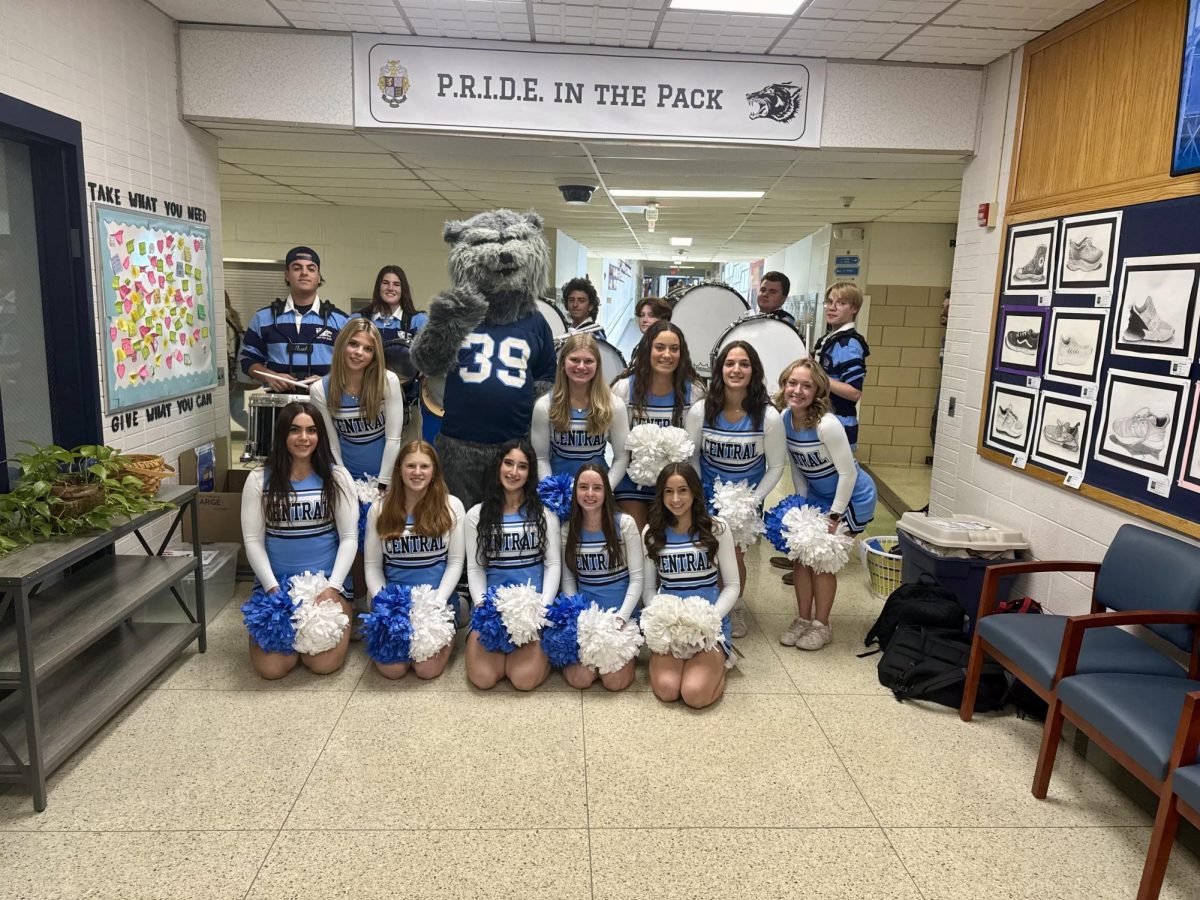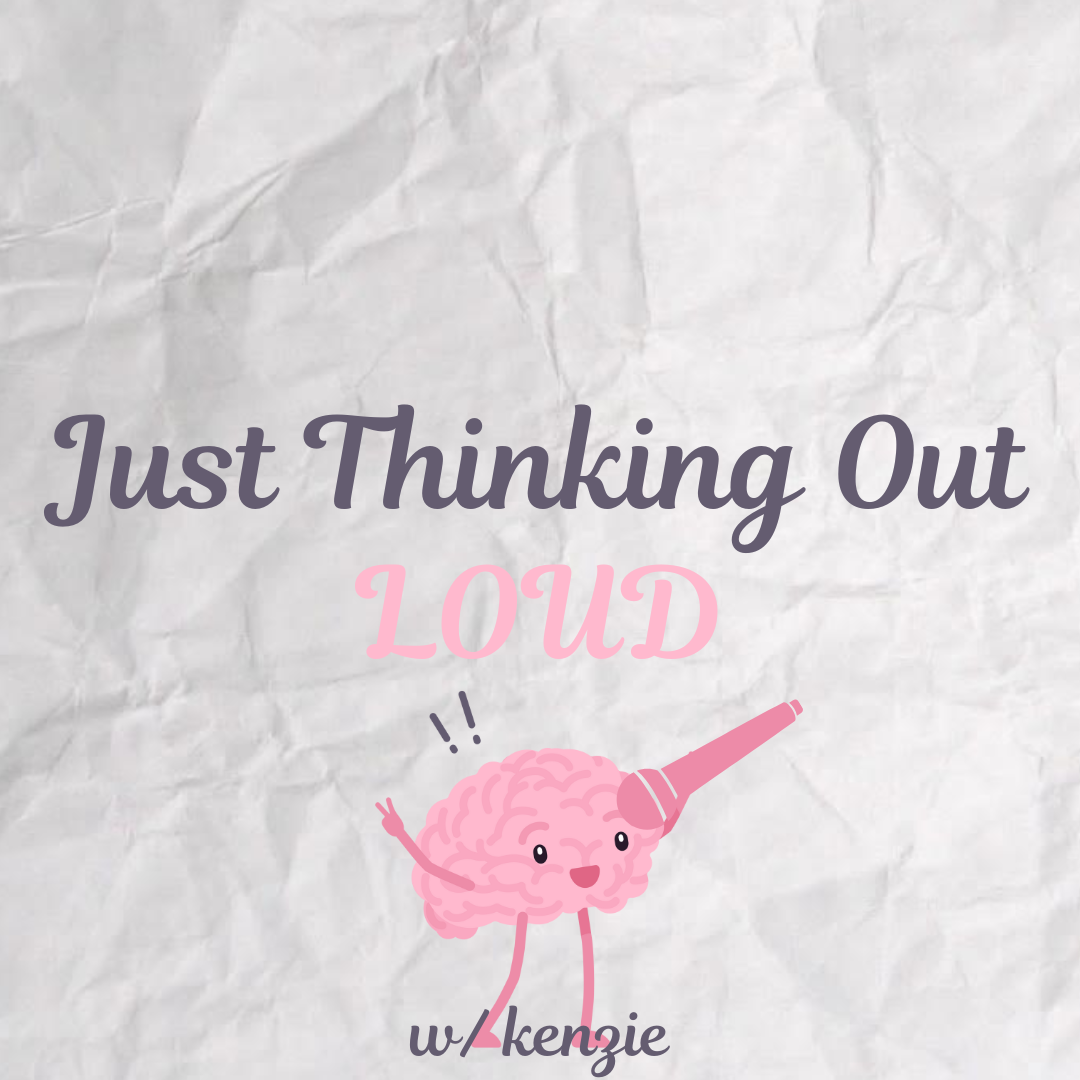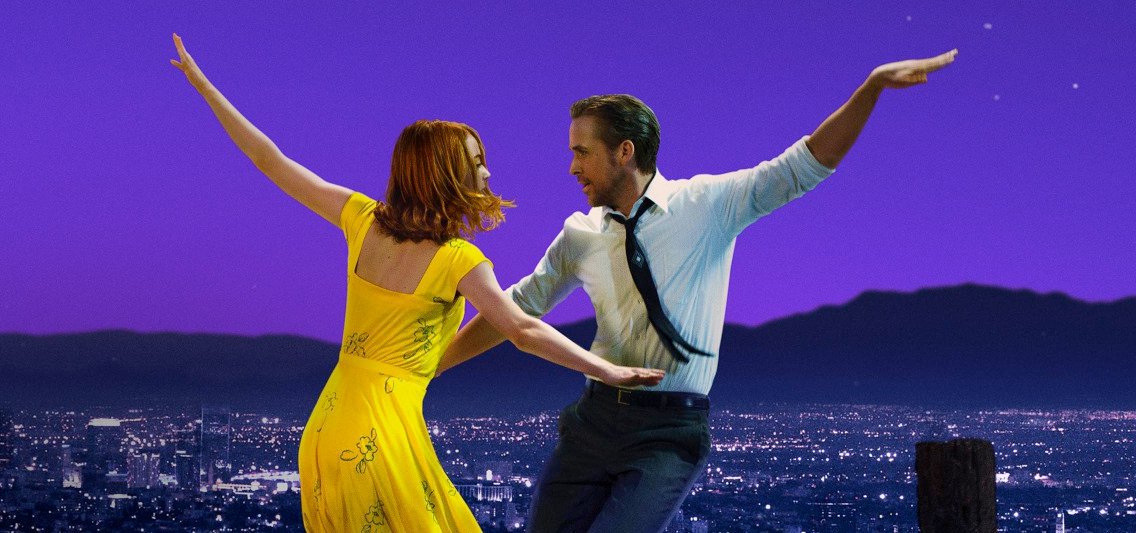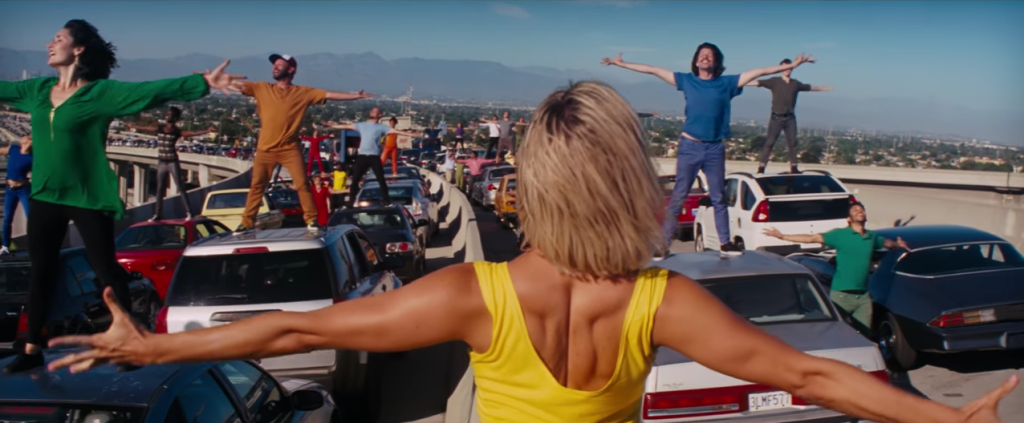It takes a lot for a movie to connect with me. Most of the time when I watch a movie I view it as just a piece of entertainment. However there are movies that I believe are fantastic, some perfect, some even transcendent to where they help to define a period in human history. Some movies I would say are my favorites, movies that pass all my tests and then some. These are movies that I can watch over again and always get lost in the experience.
There is only one true film that always has a profound effect on me everytime I watch it. An effect so great, that upon my last viewing of it, I couldn’t help but smile as the film started. This was in part because of what was happening on screen, but mainly because I was so happy that I got to see it again.
That movie, dear readers, is 2016’s La La Land.
Director Damien Chazelle is someone who I hold in very high regard. He is one of few modern directors who always tells his complete, uncompromised vision in the way he wants to. He also seems to be immune to all of the corporate meddling that has plagued cinema for the past ten or so years.
Now this vision isn’t always perfectly communicated. As much as I adore his latest film, Babylon, I do recognize a couple major issues with it – mainly its ridiculous runtime of 3 hours that almost completely bloats out the fantastic storytelling and acting.
Chazelle will likely always be known best for the film Whiplash. This is a movie that utilizes its relatively short runtime to tell a brilliantly written and immaculately acted story about drive and ambition. It’s a film that I might possibly discuss on a future date.
What also characterizes Damien Chazelle as a director is the fact that he works with the same people behind the scenes of his productions. Out of his major productions, he has employed editor Tom Cross three times, cinematographer Linus Sandgren twice, as well as composer & childhood friend Justin Hurwitz two times. He has curated people whom he knows well and trusts to faithfully carry out his ideas and visions
A common theme in my most beloved movies is amazing cinematography, and La La Land is no exception. Even so, what separates La La Land from its contemporaries is how exactly it uses cinematography. In my opinion, there are two different types: big cinematography and purposeful cinematography.
Big cinematography is usually large, open shots where the audience is able to get a good understanding of the setting. Most of the time there are some well-thought-out sets or beautiful horizons. Purposeful cinematography is all about how the camera moves–where it’s positioned, how the scene is framed. Does the camera move at the pace of the story or dialogue? And is it used to properly show the emotions the characters are feeling in any given scene?
Now one type of cinematography isn’t inherently better than the other, but most of the time I do prefer “purposeful” to “big.” La La Land is special, however, because it uses a combination of both big & purposeful cinematography.
La La Land has some of the most beautiful shots I have ever seen in a movie. This is not just because of where the camera is positioned or how it moves. What really makes the shots so breathtaking is Damien Chazelle’s uncanny sense of coordination.
Color is used in movies for a myriad of different reasons. It’s used to communicate emotions. It’s used to differentiate between locations. It’s used to convey the time period. When Damien Chazelle uses color, it’s in service of the scene itself–to highlight the importance of certain aspects and elements of the shot.Throughout the musical sequences of La La Land, the viewer is likely to see a repetition of the same four colors: red, yellow, green and blue. This is used to its fullest during the song, Someone in the Crowd.
The song is set in the backdrop of Mia’s friends getting ready for a night out. While they continually try to convince her to come along, she repeatedly protests.
The visuals of this scene are already employing the use of the aforementioned colors. This is noted immediately by the clothing each roommate wears. One roommate in yellow, one in red, one in green, and Mia herself in blue–all four of which are contrasting colors that perfectly reflect the people wearing them.
The girl in red is the one who initiates the song. She does most of the action during the sequence and seems to be the most showy, pulling Mia throughout the rooms and acting out different scenarios in the background. It can be inferred that she’s the most outgoing and overly flirtatious of the four, which speaks to her courage and pride in herself as well as her passion towards her craft and her ambitions to make it big. These are all character traits that can be associated with the color red.
The girl in yellow is probably the least memorable of the four, mainly due to the fact that she has the least amount of screentime in the sequence. She tends to hang around in the background while the other three do most of the heavy lifting. She does have a moment though, when, with the help of the girl in green, she shoots confetti into Mia’s face with a blow dryer. She is also the most supportive of Mia’s choice to stay in while the three of them go out. This shows that she is a good, yet fun-loving and somewhat cheeky, friend. These attributes can correlate with the color yellow.
The girl in green is the smallest of the four in terms of height, but not in terms of stage presence. In fact, she is the most energetic of the group, constantly running from room to room helping with the other roommates’ antics. At the line, “Just squeeze a bit more,” she mimics pulling in the seams of Mia’s dress. This underscores a common practice in show business, to make actresses seem thinner than they actually are. She excitedly takes Mia by the hand and drags her into the red room, almost like a child who wants to show their parents something cool they found. She also playfully throws confetti all over the place. It’s actions like these that show she is a fun, lively person who is just bursting with energy. The color green is known to be connected to ideas like life and a motivation to keep going even when the odds are stacked against you.
Finally there is the girl in blue, Mia, one of our two main subjects. I intend to discuss her as a character in more depth later on. As of right now I’ll only outline how the color blue relates to her at this point in the film. Blue represents serenity, stability and inspiration. Mia is driven to become an actress but she already has a stable job and roof over her head. She applies for a seemingly infinite amount of auditions and idly waits for a call back, not wanting to jeopardize her living situation. While not necessarily happy at the moment, she has learned to accept it.
In contrast, blue is also the color of ice and the cold. Mia believes herself to be stuck, frozen if you will–unable to move further in her career because she is afraid to make the commitment and take a leap into uncertainty. It’s why she is so unwilling to go out with her friends. What if she finds someone in the crowd? What then? What if she doesn’t? Doesn’t that only prove to her that there is no point in moving on? That where you are the only place you’ll ever be?
At the end of the song she sings the following:
“Is someone in the crowd the only thing you really see?
Watching while the world keeps spinning ’round?
Somewhere there’s a place where I find who I’m gonna be
A somewhere that’s just waiting to be found.”
Here Mia reveals her true fears: the fear that if she gets all caught up in finding someone in the crowd that she may realize she herself isn’t that “someone” in the crowd. That she is just another face in an infinite sea of broken dreams no different from her own. That she isn’t special, that she isn’t that someone waiting to be found.
It’s a reality that Mia is forced to confront as the film progresses. It’s also a reality that Damian Chazelle chooses to show in an interesting way. For her day job, Mia works in a coffee shop, the uniform of which consists of a white-collared shirt and a pair of black jeans. Before leaving for her audition she spills some coffee onto her white shirt, therefore ruining it. This forces her to cover up. Her camouflage of choice: a blue puffer jacket. This starts the pattern of Mia and blue always being tied together in some way. It was a good color choice because it so perfectly contrasts Emma Stone’s incredibly red hair. After likely getting rejected, she steps into the red hallway, further contrasting with the blue jacket and making her stand out even more in the shot. Apparently, Mia doesn’t really belong there. As the scene further unfolds, we see two rows of women–all with red hair, and all wearing white-collared shirts and black jeans. Their red hair blends in perfectly with the background showing that they belong when Mia doesn’t. Also their identical outfits to Mia help drive home the point that she isn’t special. She’s one of a thousand, she could be traded and replaced in an instant by someone who looks just like her.
However, Mia is not the only one who seems to be having troubles in their career. Nor is she the only main character who has a passion for an art that hasn’t been all too kind to them. Enter Sebastian, an aspiring jazz pianist in an age where jazz is dying, a fact that he refuses to accept. Much like Mia, Sebastian is also stuck, forced to play Christmas songs in a restaurant run by a boss who hates him. He does this to make ends meet, as well as to save up to open a classic jazz club someday in the future.
He’s in fact so passionate that he could almost be described as a gatekeeper when it comes to jazz. He rejects anything that he doesn’t consider to be “real jazz,” in addition to dismissing those who do not share in his passions. He’s a very narrow-minded person in this regard, which at some points makes him seem kind of a jerk. Sebastian doesn’t get as much time dedicated to him as a character as Mia does, nor does he have a motif that underscores him throughout his section. Well, except for one.
Rather than talk about Sebastian himself, I’ll discuss what he has dedicated his life to–music.
That being said, La La Land has one of the greatest film scores I have ever heard. The phrase “greatest film score” is usually attached to scores that are memorable, evoking excitement and emotion. Those are the songs that find their way into your head for days and even weeks after you hear them. However, I believe that there’s another important criteria that the “greatest film score” needs to fit, and that is purpose. What is its purpose in the film? How does it apply to and supplement the story? Do certain characters have tracks solely dedicated to themselves? If so, why? Why them?
These are all questions that every truly great film score needs to answer. And these questions are answered thoroughly, just not all at once. Instead of just flat out answering them, the film prefers to gradually show the viewer over the course of the movie. This in turn allows the viewer to answer these questions for themselves.
What also sets La La Land’s score apart from others is the fact that it is able to survive a dramatic shift in tone halfway through. This is something that not all movies, not even all musicals, are able to execute. In its first half, La La Land is featured with quick, fast-paced, jazz inspired riffs. This makes sense since this portion of the film is much more upbeat and energetic. Most of the scenes are shot in the daytime and the colors are much brighter. This is where the aforementioned colors red, yellow, green, and blue are used the most. The opening number of the entire film is called “Another Day of Sun”. It’s a bright and bubbly song about remaining optimistic even when things don’t go your way.
Things begin to change after the entr’acte. The music just after reentering the story seems to keep with the established tone–it remains fast-paced and jazz-inspired while playing over a “summertime in the city” esque montage. All of this changes after the introduction of a new character, Keith. Keith acts almost like the antagonist of the film but not in the way you think. It’s not his actions that make him the antagonist, it’s what he represents: reality. A cold, unforgiving reality, one that both Mia and Sebastian have spent their lives trying to run away from. Keith is the character that sets forth the conflict driving the back half of the movie.
The music now shifts from quick and upbeat to more slow and mellowed. It is reminiscent of love songs from the 1980s, which is a fitting correlation because this movie is a love story.
It’s really impossible to talk about the music in this film without also discussing the development of romance between our main characters, Mia and Sebastian.
We start in the place where all great fairy tales begin, stuck in traffic. After “Another Day of Sun”, a song that is played over the image of people getting out of their cars and dancing on top of them, we are smacked back into the reality of what driving in California is actually like–someone lying on the horn because you aren’t moving fast enough. That’s exactly what Sebastian does to Mia when she’s too preoccupied reading over a script for an audition later that day. He cuts her off, then she flips him off and that’s about the end of it. The two of them go on with their days, likely forgetting the whole encounter.
After attending the party, she comes to find that her friends, and more importantly her car, are gone, thereby forcing her to walk home. On her way, she passes a restaurant that gives off a deep red glow. Music comes bellowing out, and for some reason she feels drawn to it. Mia herself isn’t even sure why, all she knows is that she has to find out where exactly it’s coming from.
As she enters the restaurant, she sees the same man from traffic sitting at a piano in his element, pouring his heart and soul into a piece of music. This man is putting more passion into something than she likely thought was possible. She thinks to herself that if someone like him can create something like that, maybe, just maybe, he wasn’t as awful as she initially thought. Despite this, the moment she tries to say something to Sebastian, he just pushes right past her. Paying no mind to her existence other than that of an obstacle in his way to the front door. No, Mia was right, this guy is a jerk.
These events start a new motif, one that is by far the most important–the repetition of a piano theme played only at specific moments. This theme is formally known as “Late for the Date”, but most commonly called “Mia and Sebastian’s Theme”.
It’s a rather simple piece of music, running just barely over a minute and a half. I believe that this simplicity is what makes it so effective. It’s a song about love, and love isn’t simple. It’s vast and complex, never composed of just one emotion but an ocean of them. Yet when two people truly love each other those feelings are indisputable. That, for all the complexities and nuances that come with love, it’s really just a simple concept at the end of the day. True love is when two people care about each other deeply, deeper than they ever have before. Deeper than they likely ever will again. True love endures.
This song tells the story of the entire movie within only a minute forty seconds. It explains to the viewer the love shared between Mia and Sebastian. How it started, how it ended, and how they came out after it was all over. The latter is to be discussed in further detail later on.
The next time the two of them see each other is at a party where Sebastian is playing the electric keyboard in an awful cover band. Much to his chagrin, he is forced to play the song I ran by A Flock of Seagulls at Mia’s request. She revels in the fact that she has the power to mess with him in this regard, even if it’s only on a small scale. After the performance, they exchange a few words. Sebastian apologies for his behavior in the restaurant and she takes it as an opportunity to mess with him a little more. They then discuss what they would like to do with the rest of their lives. When Sebastian asks if she’s been in anything he would know, Mia replies with, “The coffee shop, that’s a classic.”
When they see each other again, it’s at yet another party. After they leave, they realize neither can find their cars. This gives way to what is probably the funniest song in the whole movie, a song called “A Lovely Night”. It’s initiated by Sebastian who wants to make it absolutely clear that we would never, under any circumstance, date Mia. He sings lines like, “This could never be, you’re not the girl for me” and “There’s not a spark in sight.” Mia quickly retorts with words of her own, “You’re right, I’d never fall for you at all” and “I’m frankly feeling nothing, it could be less than nothing.” Now, a lot of romantic musicals feature a song of the obvious couple swearing that they don’t have feelings for the other. Usually though, this is an idea brought about by members of the supporting cast, not the characters themselves. It’s almost as if they are trying to convince the audience of their mutual dislike. The very people who try to convince others they aren’t in love, especially to the extent that they are the ones that bring it up in the first place, are most definitely in love. And as much as they would prefer to refuse it, Mia and Sebastian are in love.
Although Sebastian would like us to believe that he doesn’t care about Mia one way or the other, he is constantly finding ways to add himself into her life. This is similar to how Mia found herself inexplicably attracted to the music from the restaurant. When the music is playing, all the rest of the world seems irrelevant. Sebastian randomly shows up at her job in the coffee shop and decides to take her on a tour of Hollywood Studios, that is until she makes it clear she “hates jazz.” This is something that Sebastan simply can’t stand for. They go to his favorite live jazz spot where he explains what he loves about jazz. He loves it because it’s always changing, it’s never the same thing twice, it’s spontaneous, it’s alive. It’s alive in a world where things are starting to lose their life and become the same. He explains it with such passion and wonder, it’s no wonder that he has decided to dedicate his life to it. While Mia does not understand jazz or what’s so great about it, she understands why Sebastian loves it so much. She can feel his passion and can sympathize with it. Passion is a universal language, no matter who you are or what you do. As long as you are passionate, the world will understand you.
What happens when that passion is shaken though? When reality comes barreling through the door and rips you out of your fantasies and throws you back into the real world?
They then decide to go to see the film Rebel Without a Cause in the movie theater later that night. However, Mia forgot that she had prior obligations that night with her “boyfriend” so she’ll have to stand Sebastian up. The evening is fairly uneventful with everybody else seemingly talking around her about travel and stocks and whatnot. She’s bored out of her mind until she hears it–the music that allured her before. The simple piano tune that she has now become enamored with. Whether it’s playing in the restaurant or in her own head is unimportant. All that matters is what she realizes, which is that she loves Sebastan and can no longer pretend otherwise. She runs out of the restaurant and over to the theater as the music swells. Upon seeing her, Sebastan also comes to grips with the fact that he loves her too. They are about to share a moment together, about to kiss for the very first time. That is, until the projector breaks and ends the viewing early. Mia and Sebastian then decide to move their date to the planetarium where Rebel Without A Cause was shot.
This sequence of the film is the perfect marriage of visuals, music, and acting. It’s one of the most breathtaking scenes I have ever seen in a movie. It starts with a beautiful shot of the city skyline that effortlessly flows into a perfect recreation of the opening frame of Rebel Without a Cause. It is then followed by silhouettes and light which contrast the deep blue darkness. They then shift to the planetarium part itself. The two of them gaze upon an endless world of stars as big and diverse as a city of infinite people. Then in a moment of pure movie magic, they ascend into the air and dance among a city of stars. The music reaches its crescendo, rolling out into a beautiful symphony of sound and life and wonder that explodes like stars in the sky. For the first time in their lives, Mia & Sebastian truly feel at home; not only in each other’s arms but in a world of infinite possibilities. Keen listeners will notice that this track is a reorchestrated version of the theme that connected them in the first place. It’s a much grander, more powerful version to emphasize the deepness of their love. After they finish dancing, they simply float back into their seats and finally kiss.
Although Mia & Sebastian are happy together, they both still want more. This sentiment gives way to the most important song in the whole movie, the Oscar winning “City of Stars”.
On its surface, “City of Stars” doesn’t really make much sense. Even though it’s a duet love song, they don’t seem to be talking about each other–they keep alluding to this “City of Stars,” far away in the sky. From my point of view, and based on interviews with the film’s composer, the meaning is as follows: the titular city of stars represents your dreams, your wants, your needs, your goals. No matter how hard you may try, there is no guarantee they won’t always be a million miles away, like the stars in the sky. It’s a song about yearning, a beautiful, simple yet complex look at people and how our passions drive us.
Even so, passion doesn’t pay the bills. It’s a fact that hits Sebastian like a freight train. Earlier I mentioned the character Keith. Like Sebastian, Keith loves jazz; unlike Sebastian he is able to accept the fact that the jazz of the past is dying. People aren’t going out to see it anymore. They need something new, something that will appeal to younger generations. It’s still jazz, just updated. It’s big, it’s bombastic and it’s heavily synthesized, and Sebastian hates it. He hates it so much because it’s not the “real jazz” that he has been in love with for so long. It’s a new, more corporatized kind of music meant only to make money and not to tell stories. Despite this, and even though Sebastian dislikes it, he must play it. He needs a job, and he needs a sense of stability. As much as he would like to pretend otherwise, Mia sees that it’s absolutely killing him. He’s falling into the pit of repetition and melancholy that he desperately tried to stay out of. The worst part is, he’s completely fine with it. Sebastian’s given up on his dreams and settled for what’s safe. When Mia confronts him about this, he says that they have to start “acting like adults.” Playing for Keith has ruined him, killing that passion that Mia loved about him.
It had such an effect that Mia decides to give up on her own dream after writing, directing, and starring in a one-woman show that hardly anyone saw, not even Sebastian. She gets discouraged because she believes that acting isn’t for her, and that, like Sebastian, she has to face reality and “act like an adult.” This realization causes her to leave both Hollywood and Sebastian to try and figure things out for a while. At this point in the film, both our characters’ dreams are effectively dead. That “City of Stars” is seemingly unattainable.
There is a glimmer of hope when Sebastian gets a call from someone who believes that Mia still lives with him. He plans to hang up until the caller explains that she was at Mia’s show and wants to bring her down for an audition. Despite the fact that things didn’t end so well between the two of them, he decides to do what’s right. He finds & drives to Mia, telling her that she has another chance, but she refuses. When he questions why she reveals that she thinks that she is no one special, and can’t face another rejection because it would break her. Sebastian won’t believe her because she’s special to him and he’s going to damn well make sure that everybody else knows it too. So they go to the audition the following day where Mia is asked to simply tell a story. She tells the story of her aunt who used to be an actress in Paris before she died.
This leads us to the best song in the entire movie and for what this article is named after–The “Fools Who Dream”. Here Emma Stone gives an absolutely enthralling performance. Her Mia takes all of the rejection and anger and discouragement and belts it out one more time. The camera zooms in on her as the rest of the scene becomes dark. All that matters is her song, her pain, her emotion, and the rest just falls away. The world stops all at once to give audience to Mia pouring her passion out for all to see.
The two of them talk, and it’s hard to figure out where they stand now. Although they both love and care about each other, they recognize that if they want to be truly happy, they are going to have to be apart. Mia and Sebastian leave each other with the words, “I’m always gonna love you.”
Cut to five years later. Mia is now a successful actress, entering the coffee shop she used to work at. This reminds us of her humble beginnings and echoes the lyric, “And someday as I sing my song-A small-town kid’ll come along-That’ll be the thing to push him on and go” from the song “Another Day of Sun”. This conveys the message that even the most innocuous barista can achieve their dreams as long as they keep trying. Some time passes, and we see the two of them go about their days. They are apart and it appears that’s been the case for a long time. Mia and her husband decide to go for a night on the town and pick a random nightclub to spend time in. She is shocked to see the name of the nightclub is “Seb’s,” a name she came up with and a logo she created. Lo and behold there he is, in charge of his own nightclub, just like how he had always dreamed about.
When he steps onto the stage, they lock eyes for the first time in five years. Instead of playing what he likely planned to, Sebastian plays something special–a piano tune that’s as familiar to us as it is to Mia. It’s the song that brought them together; the song that she was so inexplicably attracted to is now the song that plays out their relationship. One more go around before never seeing each other again. Much like before, the world fades away like they are the only two people in it. Instead of finishing like he always does, Sebastian decides to include a flurry of piano notes. We are transported back to the restaurant where it all began, but instead of ignoring Mia, he grabs her and kisses her. The music swells and the camera spins around them.
In most failed relationships, the people involved are left asking “what if?” What if I hadn’t said that? What if I did this? What if I hadn’t missed that? Would we still be together?
The ending of La La Land is completely composed of “what if?” questions. First they are asked by Sebastian, “What if I had not been such a jerk in the restaurant?”and “What if I rejected Keith’s offer to join his band?” “What if I didn’t miss her performance?” These are all questions that have been plaguing Sebastian. Things that he wishes he had done differently to secure their relationship. The scene then transforms to something more reminiscent of the ending of the movie An American in Paris, with obviously painted backgrounds and extras dancing around. This dream-like world is the life he imagines that he and Mia could have had, had only things gone differently. Now, Mia begins to ask the “what if?” questions–“What if Sebastian had gone to Paris with me instead of me alone?” We enter a world much like the one Sebastian envisioned, dream-like and perfect in every way. The harshness of reality is completely foreign. In this world, they can continue to dance among the stars forever.
Now, we enter a version of our actual reality. One in which they bought a home and raised a family together. Something they both desperately yearned to have together, as an instrumental version of “City of Stars” plays in the background. It was Sebastian who decided to enter the nightclub with Mia here, not her husband that wasn’t him. We are suddenly back to the actual world, into the nightclub–Sebastian plays the piano and Mia watches from the darkness. As he wraps up the song, it’s easy to tell that it’s hard for him to do. Because as soon as he touches that last note, he’ll never see Mia again. She’ll be gone from his life, forever. While everybody else claps, Mia can only sit still in quiet contemplation of “what if?”
Before leaving though, she turns around and they lock eyes. Sebastian in red and Mia in her trademark blue, the glow of the nightclub casting a purple hue on both of them. This creates a perfect melding of the two colors, representing the balance of happiness and purpose that both have reached. They exchange small smiles to tell each other “it’s okay.” It’s okay that we aren’t together. We’re happy even if it isn’t in each other’s arms. We achieved our goals, we’ve reached that city of stars. Though we may never see each other again, I will never forget you. I will never forget how you inspired me to keep going and chase my dreams. A line from the song “Someone in the Crowd” is as follows, “A little chance encounter Could be the one you’ve waited for… You make the right impression. Then ev’rybody knows your name.” The chance encounter for Mia was Sebastian and the chance encounter for Sebastian was Mia. They made the right impression. Now everybody knows their names. They were their own someones in the crowd.
La La Land is a very important movie to me. It showed me what films can be. It showed me to chase my dreams, regardless of how far away they may be. It’s what inspired me to become a filmmaker and bring my voice out into the world. That said, it disheartens me to know that its legacy has been boiled down to nothing more than a mistake at the Oscars. I want people to understand why it was nominated for best picture in the first place. I want them to understand the dedication, care, passion and beauty of La La Land. It makes me believe that if I can capture even a fraction of that majesty in the films I will someday make, I will be content with my life and one day even possibly reach my own city of stars. A place far off in the distance, where I, just a fool who dreams, can strive to make them a reality no matter how crazy they seem.
La La Land gets a 10/10.
“In Reel Time”
Tristan Good




